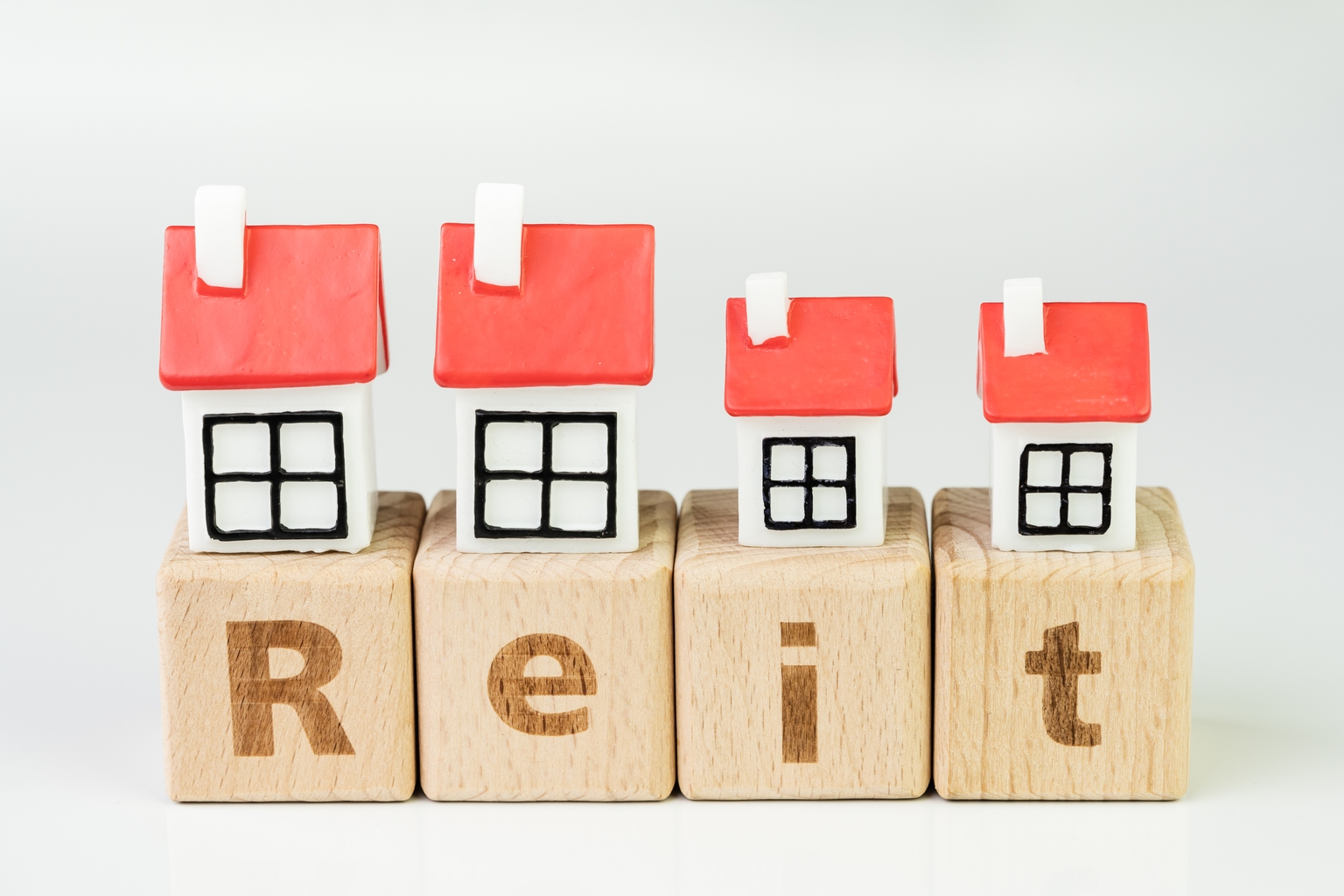T
he cost of buying a typical home in the US has skyrocketed, with household income requirements increasing by 70% over the past six years. According to Realtor.com's April 2025 Inventory Report, the national median list price is $431,250, and households need to earn around $114,000 annually to afford it.
This figure assumes a 30-year fixed mortgage, a 20% down payment, and the "30% rule," which recommends that consumers spend no more than 30% of their gross income on housing costs. In reality, this means earning about $9,500 per month before taxes to cover mortgage payments, property taxes, and insurance.
However, the typical household earned just over $80,600 in 2023, or approximately 41% less than the recommended income. The only positive news is that required income has held steady over the past year due to flat mortgage rates and median home prices.
Realtor.com Chief Economist Danielle Hale notes that while income requirements have leveled off nationally, they remain significantly higher than before the pandemic, underscoring ongoing affordability challenges.
Required income spikes vary widely across cities. Memphis, TN, saw a massive 94.8% surge in required annual income over six years, with households needing to earn $91,330 annually to afford a median-priced home of $345,495. Providence, RI, and Las Vegas followed closely behind, with required incomes increasing by nearly 93% and 86.5%, respectively.
In contrast, Detroit saw the smallest increase in required income, at 25.8%, while San Francisco experienced a modest 30.5% spike despite its extremely high median home price of $995,000. Chicago's required income increased by 36.4% over six years, making it more affordable for households earning around $98,455 annually to buy a median-priced home of $372,450.













